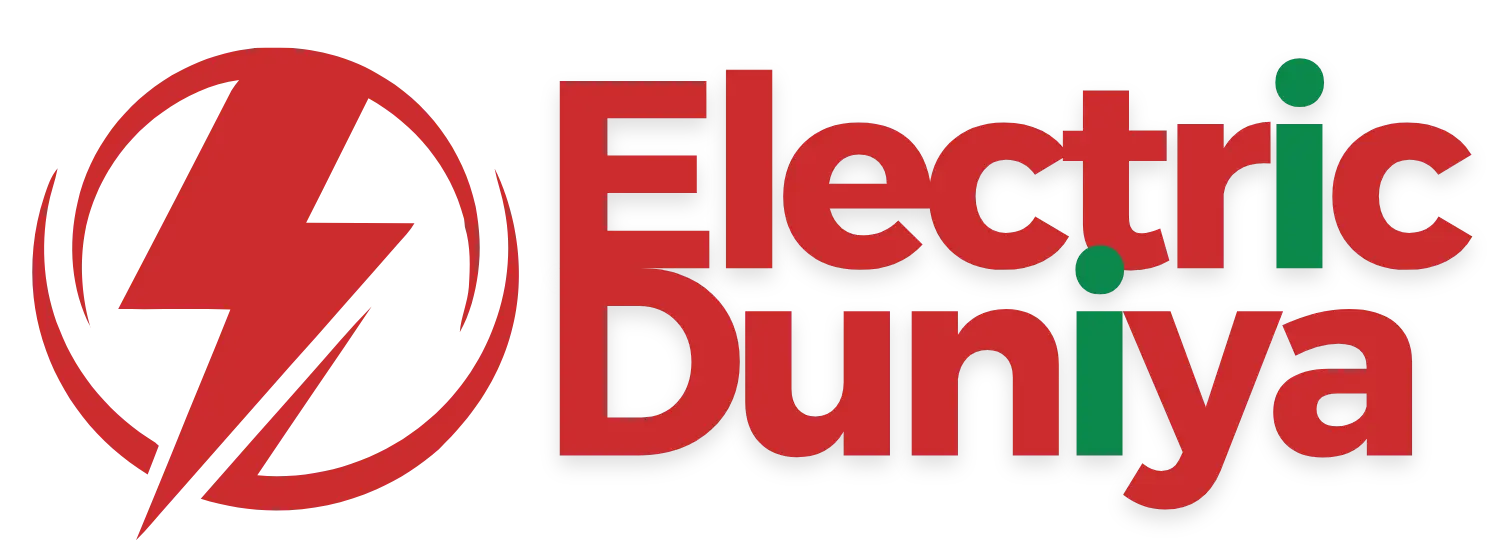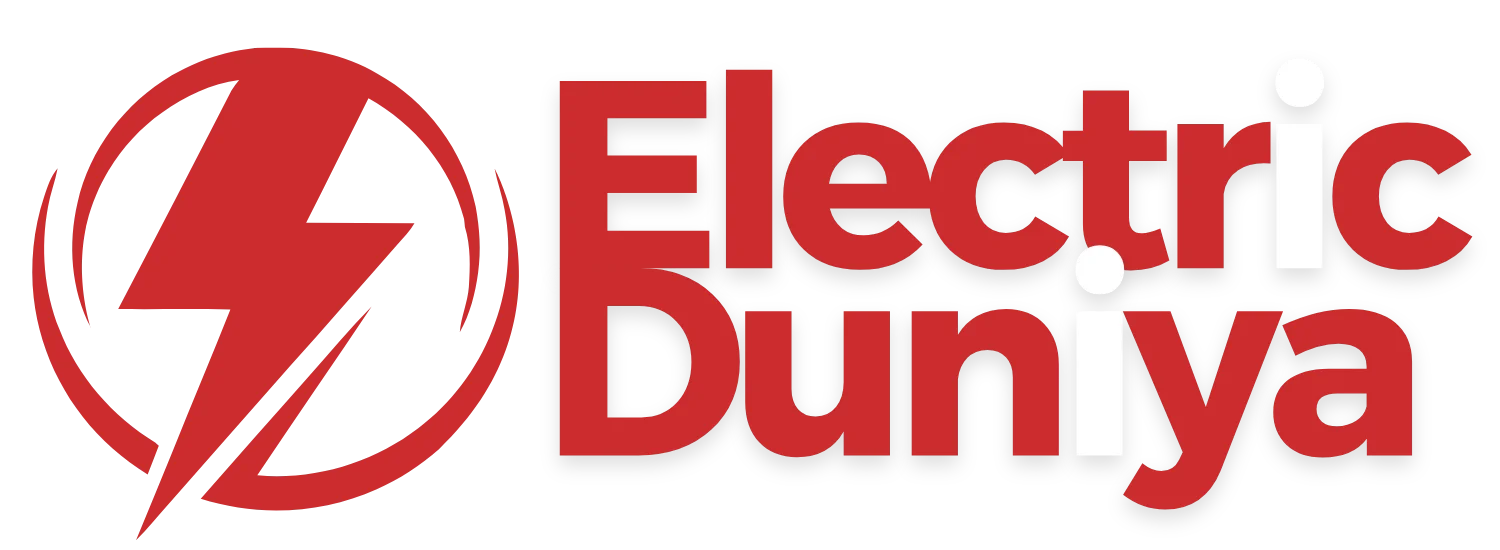Torque Vectoring
Torque vectoring is a vehicle control technology that distributes power between wheels to improve handling, stability, and performance, especially in electric vehicles.
Overview
Torque vectoring is a cutting-edge drivetrain technology designed to enhance vehicle control by actively managing how much torque each wheel receives. While traditional drivetrains distribute power evenly, torque vectoring allows for dynamic allocation of torque to optimize traction and cornering.
In the context of electric vehicles (EVs), torque vectoring plays an even greater role because electric motors can deliver instant torque and operate independently on multiple wheels. This enables unprecedented precision in power distribution, making EVs safer, more agile, and better equipped for high-performance driving.
How Does It Work?
Torque vectoring systems work by monitoring vehicle dynamics in real time—including steering angle, throttle input, wheel speed, and road conditions. Using advanced control units and sensors, the system adjusts torque delivery to individual wheels.
-
In cornering, more torque can be sent to the outer wheels to enhance grip and reduce understeer.
-
In slippery conditions, torque can be directed to the wheels with the most traction.
-
With multiple electric motors, EVs can apply torque vectoring instantly, without the delays of mechanical systems.
By continuously synchronizing torque distribution, torque vectoring ensures balanced handling, improved stability, and maximum performance efficiency.
Features of Torque Vectoring
-
Dynamic Power Distribution – Adjusts torque in real time to optimize grip and control.
-
Enhanced Cornering Stability – Reduces understeer and oversteer by managing wheel-specific torque.
-
Instant Response in EVs – Electric motors enable near-instantaneous torque adjustments compared to mechanical systems.
-
Improved Safety – Enhances vehicle stability during sudden maneuvers or adverse road conditions.
-
Performance Optimization – Provides sharper handling and sportier driving dynamics for performance EVs.
Applications in EV
Torque vectoring is increasingly common in modern EVs, where dual-motor or quad-motor setups allow precise control:
-
High-Performance EVs – Brands like Tesla, Porsche, and Rimac use torque vectoring to deliver sports-car agility.
-
All-Wheel Drive Systems – EVs with multiple motors apply torque vectoring to ensure balanced traction across all wheels.
-
Safety in Everyday Driving – Enhances confidence in slippery conditions such as rain, snow, or gravel roads.
-
Autonomous Driving Support – Assists advanced driver-assistance systems (ADAS) by ensuring smoother and safer vehicle handling.
A practical example is the Audi e-tron S, which uses a tri-motor setup with torque vectoring to achieve superior handling and stability.
Conclusion
Torque vectoring is a transformative technology that elevates electric vehicles by improving safety, agility, and driving pleasure. With EVs offering precise motor control, torque vectoring is no longer just a performance feature but also a critical component of next-generation vehicle safety and efficiency. It exemplifies how electrification is redefining automotive engineering.

